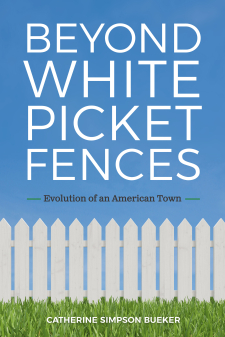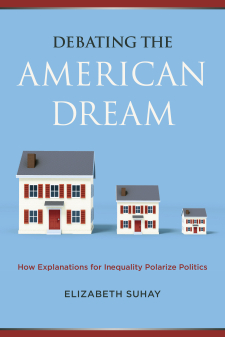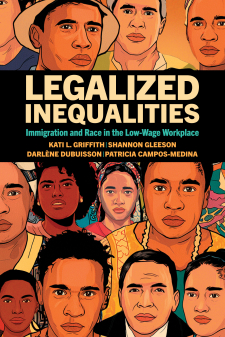Economic Well-Being in Three Dimensions: Income, Consumption and Wealth
As is now well-known, economic inequality has been increasing for nearly four decades with the rise in inequality largely established using measures of individual and household income. IRS tax records indicate that the top 5% of income earners nearly doubled their share of the national income from 20% in 1970 to 36% in 2012. Census data suggests that the income shares of the bottom 80% of the population declined over the same time period. While much of the past research on economic inequality has focused on income and earnings, researchers have recently begun to analyze consumption and wealth inequalities to gain a better understanding of Americans’ economic well-being.
Tim Smeeding, Jonathan Fisher, David Johnson, and Jeffrey Thompson indicate that a limitation of previous research is that it has not examined the joint distribution of income, wealth and consumption. For example, evidence suggests that at the height of the housing bubble, households were withdrawing up to 9 percent of home equity to finance current consumption suggesting that wealth plays an important role in consumption. They propose to address this limitation by studying the joint distribution of income, wealth and consumption. They will begin by identifying how wealth and income are related as measures of the capacity to consume, without drawing down the stock of net wealth. They also want to understand how the different components of wealth and changes in wealth over time function as a source of current and future consumption, and as a source of future income. The investigators will also examine how the relationships between the three distributions have varied over time and how they might contribute to a process of “cumulative advantage”.
The authors plan to complete several papers for presentation at research conferences and publication; they will make their dataset available with detailed documentation for other researchers, and plan to have a first draft of a book manuscript, built around the methods, results, and their policy implications drafted by the end of the project.





